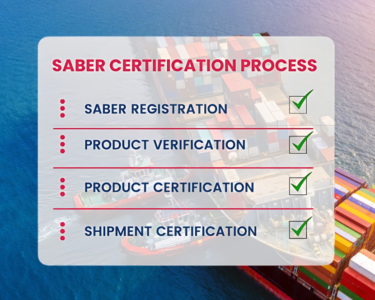Saudi Arabia is rapidly advancing in its digital transformation, and e-invoicing (Fatoorah) is a key component of this journey. This initiative aligns with Vision 2030’s goal of creating a more efficient, transparent economy. After the successful launch of Phase 1, which focused on generating and storing e-invoices, the country has now entered e-invoicing Phase 2. This phase introduces new advancements and compliance requirements aimed at boosting efficiency and reducing fraud.
Understanding E-Invoicing Phase 2
Phase 2 of e-invoicing in Saudi Arabia, known as the “Integration Phase,” is more than just generating e-invoices. It involves integrating these invoices with the Zakat, Tax, and Customs Authority (ZATCA) system. Businesses must now submit e-invoices in a standardized format, which can be automatically validated by ZATCA. This ensures greater transparency and accurate tax reporting across all sectors.
Rollout of Phase 2 in 14 Waves
E-invoicing Phase 2 is being implemented in 14 waves, each targeting different taxpayers based on their VAT invoicing volume. This gradual approach allows businesses time to adjust their systems.
- Wave 1: Taxpayers with revenues exceeding SAR 3 billion – Compliance by January 1, 2023
- Wave 2: Taxpayers with revenues exceeding SAR 500 million – Compliance by July 1, 2023
- Wave 3: Companies with revenues exceeding SAR 250 million – Compliance by October 1, 2023
- Wave 4: Taxpayers with revenues exceeding SAR 150 million – Compliance by December 1, 2023
- Wave 5: Companies with revenues exceeding SAR 100 million – Compliance by February 1, 2024
- Wave 6: Businesses with revenues exceeding SAR 70 million – Compliance by April 1, 2024
- Wave 7: Companies with revenues exceeding SAR 50 million – Compliance by June 1, 2024
- Wave 8: Taxpayers with revenues exceeding SAR 40 million – Compliance by August 1, 2024
- Wave 9: Companies with revenues exceeding SAR 30 million – Compliance by October 1, 2024
- Wave 10: Businesses with revenues exceeding SAR 25 million – Compliance by December 1, 2024
- Wave 11: Taxpayers with revenues exceeding SAR 15 million – Compliance by February 1, 2025
- Wave 12: Businesses with revenues exceeding SAR 10 million – Compliance by April 1, 2025
- Wave 13: Taxpayers with revenues exceeding SAR 7 million – Compliance by June 1, 2025
Key Compliance Requirements for E-Invoicing Phase 2
For Phase 2 compliance, businesses must adhere to several critical requirements:
- Electronic Integration: E-invoicing systems must be fully integrated with ZATCA’s platform for real-time validation of invoices.
- Specific Formats: E-invoices must be generated in an XML format to ensure compatibility across systems.
- Digital Signatures: All e-invoices must be digitally signed to guarantee authenticity and compliance with ZATCA specifications.
- Archiving: Businesses are required to archive their e-invoices securely and in a tamper-proof manner for a minimum period set by ZATCA.
Benefits of E-Invoicing Phase 2
The implementation of e-invoicing in Saudi Arabia provides numerous benefits:
- Enhanced Efficiency: Automated processes reduce errors and speed up payment cycles.
- Increased Transparency: Real-time data sharing with ZATCA improves transaction transparency, reducing the risk of fraud.
- Improved Compliance: The standardized system simplifies tax reporting and ensures timely compliance.
Preparing for the Future
As Saudi Arabia moves toward full adoption of e-invoicing (Fatoorah), businesses need to stay informed and adapt to these changes. Understanding the requirements for each wave and investing in the right technological infrastructure will be key to smooth compliance. By embracing e-invoicing, businesses not only meet regulatory requirements but also position themselves for growth in Saudi Arabia’s digital economy. Stay ahead by preparing for e-invoicing Phase 2 and leveraging its benefits for your business.



